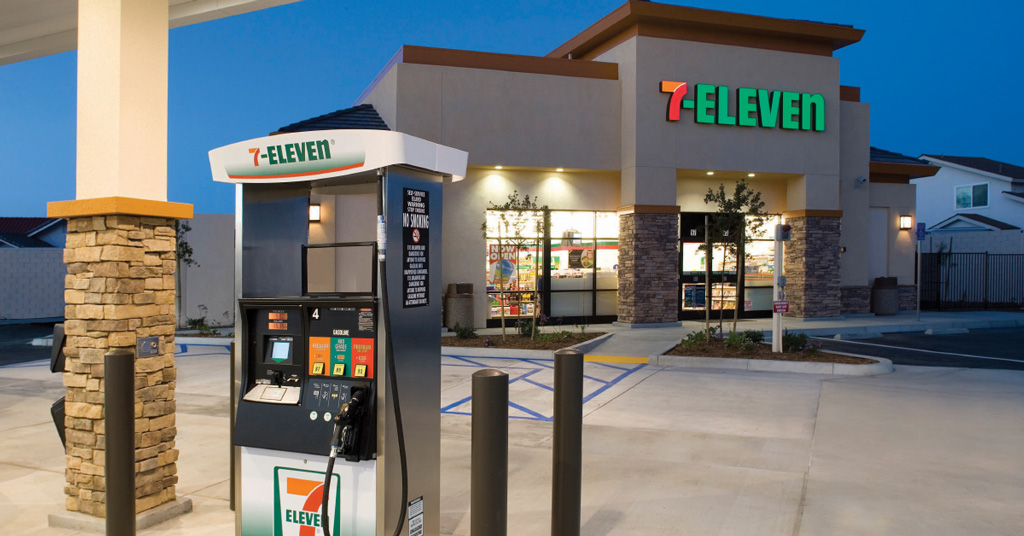Five Best Practices for Building Pillar Pages

Table of Contents
Pillar pages are a foundational part of your SEO strategy, and leveraging them properly can be vital to your Google rankings.
Pillar pages offer a high-level but comprehensive look at all aspects of a discussion or topic on a single web page, with branch outs with further, in-depth discussions in more detailed cluster blog posts that hyperlink back to the pillar page. Their purpose is to cover all aspects of a particular topic enough to find additional, more in-depth information as you continue down your personal buyer’s journey.
The comprehensive coverage, collection of relevant keywords, backlinks, and associated content makes Pillar pages an SEO-rich addition to your blog architecture. If you want to stay on top of the ever-changing Google rankings algorithm, this is the way to go.
Pillar pages are longer than typical blog posts — because they cover all aspects of the topic you’re trying to rank for — but they aren’t as in-depth. That’s what cluster content is for. You want to create a competency page that answers questions about a particular topic but leaves room for more detail in subsequent, related content in the form of blogs you hyperlink to. – Hubspot

Your pages should primarily add value throughout the buyer’s journey and should be connected with other content in a logical way. Topic clusters are generally a good way to organize competency pages. A topic cluster breaks a specific topic into subcategories resembling a roadmap, creating comprehensive content for a particular topic.
When creating competency pages, it’s important to expand on relevant topics that reflect your company. Write about as many subtopics as connected to your main topic as you can. you don’t necessarily need to go into vast detail on every topic, but make sure you touch on as many as you can. The ultimate goal is to create an informational guide that contains everything a user wants to learn about a particular topic at a high level, and house it all in one place, convenient for the reader and creating a web of relevant content on which Google spiders can crawl.
Cluster content includes individual blog posts that discuss these subtopics. Then you can link the cluster content to your competency pages and the pages back to your cluster content, linking those pieces into a comprehensive content network. Using the following five best practices, you can optimize your competency pages for your website and find yourself rising to the top of Google rankings.
1) Reach the right search volume with a keyword
The right keyword is vital to creating a robust competency page. It should generate enough volume to produce consistent traffic, be relevant to your industry, and include a group of related keywords to really lock into Google’s algorithm.
Good keywords are the glue that holds your pillar page together. Without a solid keyword on which to base your page, you’re really just wasting time creating a page. Don’t skimp on research, or you’ll find yourself spinning your wheels.
Use tools like Google Search Console, Moz, or SEMRush to find the most effective keywords for your site. Look at your competitor’s websites to see what competency pages they utilize. Also, keep an eye on essential terms or new terms people are researching within your industry.

Keyword volume is essential to your keyword search. Are people talking about this topic? When they research this topic, what answers are they looking for? What are their pressing questions about the topic? Answer these questions before you begin creating your pillar page, then find them and incorporate those answers into the copy.
2) Find the ideal length for your pages
It’s essential to provide your visitors with plenty of content. But having posts that are too long (or not long enough) can backfire on you. Sharing the perfect balance with your visitors to optimize your search page results maximizes your pages’ effectiveness.
Always keep your readers in mind to find the perfect length for your pages. If you think many visitors will lose interest and leave your page, consider providing fewer words and more visual content. The quality of your writing is as important as the quantity; Google still rewards authoritative writing more than it does cramming long-tail keywords into a post.
Note: when creating content, be sure to ask yourself, can this content be broken down further into a sub-category?
So what is the best length for a pillar page? That’s a subject of some debate–experts say anywhere between 2,000 and 10,000 words, which is a huge disparity. But for most blogs, 5,000 words is a good target. But focusing on being as comprehensive as possible, mixing content types (text-based prose, video and infographics, remembering to backlink them all) will help you find your ideal word count.
3) Lead your pillar page through the buyer’s journey
Your pillar page should be a trip through the buyer’s journey, giving it a more comprehensive feel and creating opportunities for better content. Breaking down each page into the awareness, consideration, and decision stages gives readers a more complete look at the topic, and gives you more opportunities to develop your content.
Begin by clarifying your specific topic. Define the term or theme, so the reader knows precisely what the topic will cover. Then move through each stage of the journey, giving the reader the opportunity to understand their problem and start thinking about how to solve it. Don’t forget your job here is not to sell them on your business; here you’re in the business of selling the problems. Along the way you’re demonstrating your company’s expertise on the topic, building trust in your ability to help. The selling comes later.
- Awareness Stage: the ‘Why.’ They are searching for typical problems or issues they may be facing. Provide the reader with helpful tips and information that will help them understand their pain points, building a connection with the reader and helping them understand why they need help. You are reassuring the reader, ‘we understand your problem; you are not alone; we have the answers to help you.’
- Consideration Stage: Readers will begin asking ‘How.’ They want answers to their pain points and easing them, along with information about trips and tricks and lessons learned, and what, at a high level, can improve them. Your competency page in this stage should provide them with options and strong information.
- Decision Stage: This is where your viewers come to a specific page to learn what to do to solve their problems. Help your viewer answers questions about selecting the right business for them. You can do this by constructing how-tos, fundamental approaches to apply, what to consider when implementing, and how long it might take to see results.
#4 Have a targeted hyperlinking strategy
It’s important to mention here that the direct goal of a pillar page isn’t necessarily to sell your product or service. Of course, that’s the ultimate goal, but more immediately you want visitors to progress through the sales funnel organically. That means starting with high-level topics and moving into more and more specific content.
Equally important to remember is that these readers aren’t necessarily looking to buy something from you. They’re likely looking to solve a business problem, get guidance on improving their business, or looking for key pieces of information. Your job with the pillar page is to anticipate those needs and provide them.
As we mentioned above, you’re supporting the buyer’s journey, so you need to meld the reader’s needs with your own. Focus on linking to pages that provide the additional information the reader seeks, but also toward your content in a way that will lead to them using your product or service. Take them where they want to go, but also drive them deeper into the funnel toward a buying decision.
That means creating targeted links that take them where you want them toward a lead form or customer service interaction. Limit each content cluster to one link, and ensure that link goes to another piece of your content, which then takes them to a lead form.
#5 Offer a downloadable version of the page and provide a table of contents.
Although a competency page is considered a guide, you should focus on making your page an organic search target. Many website owners find it helpful to download their competency pages and use them offline. Creating a downloadable PDF of the page so visitors can refer to it later is a solid tactic that many website owners use to convert these visitors into leads.
Including a table of contents on your website improves user experience by allowing visitors to jump around your site, discovering different sections without the strenuous scrolling and searching. If a user has to traverse a massive page without a guide, many will abandon the site and find another source that provides a better user experience.
The table of contents on your competency page will include a hyperlink to make it easier to navigate your content. The table of contents often appears on the side of the page, so it is easily accessible to the viewer at any moment.
Key Take-Aways
Pillar pages are a key part of your SEO strategy, and creating an effective one starts with having an authoritative voice. By having solid keywords, you ensure your page will rank appropriately. Create your competency pages with content clusters that break down into further subcategories. Link your cluster content (i.e., blogs) to your competency pages and the pages back to your cluster content, creating a continuous web of content connection, and construct your pages to follow the reader through their buyer journey. Be sure to provide a downloadable version of your page and include a table of contents, so your user can easily navigate your pages.
These best practices will help you craft pillar pages that will increase your site’s traffic substantially, help you hit your KPIs, and ultimately increase sales and revenue.
Want to learn more about the best practices for building competency pages? Download the guide below.









